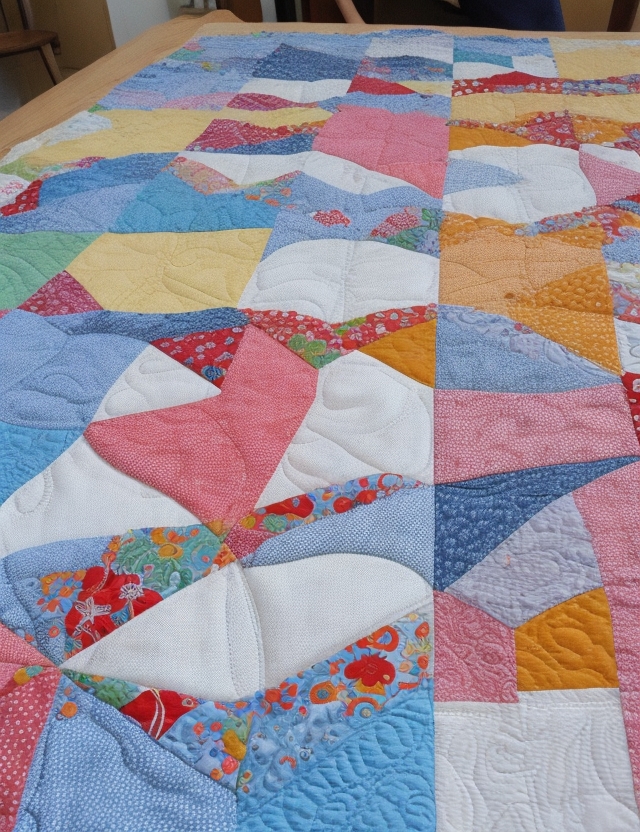Creating Quilts on a Budget: Thrifty Crafting with Textiles
The satisfaction of making beautiful quilts should be accessible to enthusiasts at all income levels. With clever sourcing of discounted materials, repurposing fabrics on hand, and keeping designs simple, quilters can create stunning pieces on a tight budget. Beyond saving money, thrift empowers creativity under constraints and reduces waste. Taking inspiration from pioneer-era quiltmakers who crafted thriftily out of necessity, budget quilting allows the joyful process of transforming scraps into treasures using needles, threads, and ingenuity.
Finding Inexpensive Fabric Sources
Knowing where to locate quality discount and salvaged fabrics maximizes savings on the costliest quilting material.
Fabric Discount Shops
Retailers like online liquidators or warehouse discount stores offer fabric by the bolt for a fraction of quilt shop prices. Purchasing basics like solids here saves tremendously.
Garage and Estate Sales
Secondhand dealers often sell deceased quilters’ stashes cheaply since families do not recognize fabric value. Digging unearths high-quality old cottons.
Thrift and Consignment Shops
Combing through secondhand stores’ linens finds usable scraps from old sheets, curtains, and blankets ripe for repurposing into blocks.
Fabric Swaps
Swapping higher quality scraps with other quilters expands variety. Swaps build community while circumventing costs.
Upcycling Used Clothing
Cutting up well-worn yet soft T-shirts, jeans, and dresses offers free fabric with personality from recycled apparel.
Savvy Techniques to Stretch Supplies
Scrappy Patchwork
Using every last bit of fabric scraps in improv patchwork infuses quilts with eclectic charm. Salvaging every tiny piece reduces waste.
Charm Quilts
Assembling quilts from diverse 5″ squares cuts down on yardage. Scraps become lively sampler quilts.
Strip Piecing
Joining strips then subdividing makes fabric stretch further. The process yields endless block pattern variations.
Economy Block Patterns
Traditional penny-pinching blocks like Log Cabins, Nine Patches, and String Piecing conserve scraps smartly. Old ideas feel fresh again.
Miniature Quilts
Crafting quilts in doll size reduces overall yardage requirements considerably while teaching precision. Little quilts offer big satisfaction.
Lower-Cost Tools and Supplies
Finding bargain tools and notions prevents startup costs from becoming prohibitive while outfitting a quilter’s studio nicely.
Buying Tools Secondhand
Shopping estate sales, thrift stores, and resale boards yields major savings on supplies from rotary cutters to rulers, mats, and sewing machines.
Discounted Notions
Stocking up on notions like pins, needles, and thread when on sale cuts incidental costs that add up. Sign up for retailer discounts.
Improvising Supports
In place of quilting hoops, using cardboard box lids or wooden embroidery frames offers free alternatives for holding pieces taut.
Making Your Own Patterns
Enlarging graph paper sketches or simple shape templates avoids pattern book costs. Simple geometric designs work well.
Basting With Yarn
For tying quilts, using cheap yarn substitutes more expensive quilt basting thread without sacrificing function.
Resourcefulness Unlocks Creativity
Too often quilters fear costs will throttle their creative capacity. Yet with openness to salvaging materials creatively and making thrifty process choices, stunning original quilts emerge without breaking budgets. Returning to quilting’s scrappy roots breeds resourcefulness – a boon not only for savings but also inventiveness. Limitations grant freedom when we trust stitches more than dollars to guide us.
